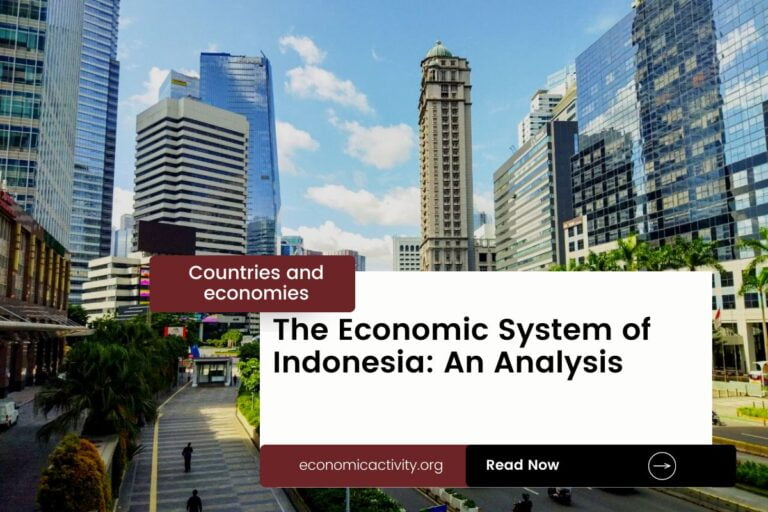Eswatini, with a population of 1,201,670, is ranked 151st in the world, just behind Cyprus. Located in Southern Africa, it covers an area of 17,360 square kilometers, ranking 147th globally, slightly smaller than Kuwait.
Eswatini’s economic position in 2022 shows a GDP of $4,790,922,065.61, ranking 156th globally. It is positioned behind Fiji, with a GDP of $4,979,979,546.01. The GDP per capita for Eswatini is $3,986.89, placing it at the 121st rank.
It falls behind Lebanon, with a GDP per capita of $4,000. Eswatini’s economy is striving to improve its position and enhance the living standards of its citizens amidst global economic challenges.
What are the economic activities of Eswatini?
- Primary activities: 6.5% of GDP.
- Secondary activities: 45% of GDP.
- Tertiary activities: 48.6% of GDP.

Primary Sector of Eswatini
Eswatini’s primary sector, dominated by agriculture, thrives due to its favorable climate and abundant natural resources. With 69.48% of land dedicated to agriculture, the country produces a variety of crops including sugarcane, maize, root vegetables, grapefruits, oranges, milk, pineapples, bananas, beef, and potatoes.
Despite contributing 6.5% to the GDP, agriculture plays a crucial role in the economy. The diverse range of agricultural products highlights the sector’s significance, providing food security and employment opportunities.
The country’s diverse geology allows for a wide range of natural resources. Asbestos, coal, clay, cassiterite, and hydropower are vital for the economy. Additionally, forests, small gold and diamond deposits, quarry stone, and talc contribute significantly to the primary sector.
Secondary Sector of Eswatini
What is the secondary sector or what are secondary activities?
The secondary sector encompasses industries that transform raw materials from primary activities into finished products for consumption. In Eswatini, the main industrial products include soft drink concentrates, coal, forestry products, sugar processing, textiles, and apparel. These products are manufactured for domestic consumption and export, contributing to the country’s industrial sector and economy.
In 2023, Eswatini’s total exports were dominated by other sectors, with manufactures accounting for a minimal percentage, indicating their limited significance in driving the country’s export economy.
Tertiary sector of Eswatini
What is the tertiary sector or what are tertiary activities?
The tertiary sector encompasses the intangible aspects of the economy, focusing on knowledge and time to enhance productivity and meet needs. It includes services like attention, advice, and expertise for both consumers and businesses. In Eswatini, key tertiary activities are healthcare and medical care, education and training, banking and finance, tourism and hospitality, transportation and logistics, and communication and information exchange.
Highlighting these, Eswatini’s economy heavily relies on tourism, contributing significantly to its GDP. With over 1.2 million annual arrivals, tourism accounts for 1.0202 visitors per capita. Popular destinations include the Mlilwane Wildlife Sanctuary and the Ngwenya Glass Village, showcasing the nation’s natural beauty and cultural heritage.
Another example of tertiary economic activity is the mobile cellular sector, which boasts approximately 1.5 million subscriptions, facilitating technological growth and enhancing connectivity across various industries.
Biggest company in Eswatini
Which is the biggest company in Eswatini? The largest company is Investor AB, with a market value of $63.51 billion. It operates in the diversified financials industry, part of the tertiary sector. Investor AB was founded in 1901, focusing on investments and financial services.
International Trade of Eswatini
Import Activities of Eswatini

Eswatini’s high import activities, accounting for 47.59% of GDP, are vital for meeting domestic demand and driving economic growth.
Eswatini’s main import partners are South Africa, China, US, Mozambique, and Mauritania. They primarily import refined petroleum, gold, plastic products, electricity, and garments to meet various domestic needs and drive economic growth.
Exports Activities of Eswatini

Eswatini’s total exports in 2023 amount to $2,099,916,840.62, accounting for 43.83% of its GDP. With exports contributing over 40% to the economy, they play a crucial role in driving growth and sustaining the country’s economic stability.
Eswatini primarily exports scented mixtures, raw sugar, garments, industrial acids/oils/alcohols, and wood. Its main export partners are South Africa, Kenya, Nigeria, the Democratic Republic of the Congo, and Mozambique.
Eswatini economy challenges in 2024
Eswatini faces economic challenges due to reliance on South Africa, COVID-19 slowdown, high inflation, poverty, unemployment, and HIV/AIDS disruptions in the labor force.



Leave a Reply